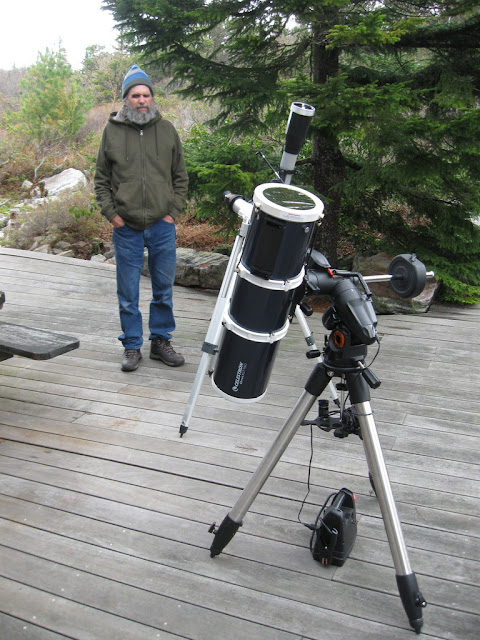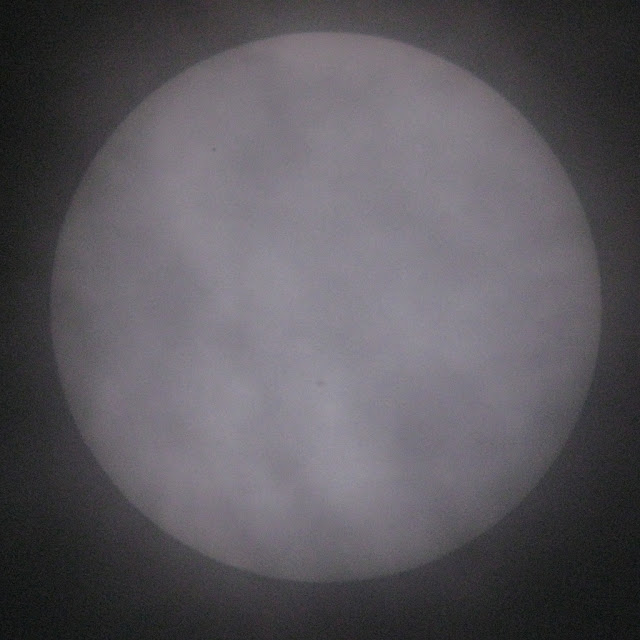Step #1. Sun to Mercury proportions.
For the measurements I've used my own picture of Mercury Transit:The size of the sun is about 1950 pixels. The size of the mercury is about 12 pixels.
Use formula: (1950x1950)/(12/12) = 3837681 / 144 = 26650.56
That is how many times Sun's disk is bigger than Mercury's disk.
Step #2. Calculate total Sun energy.
Fact A: Accordingly to Wikipedia the Sun produces 1,368 W/m2 of energy at the distance of the Earth.Fact B: Earth Diameter is 12742 Km
Fact C: By basic calculations (A = π x D/4 ): 3.14159 x 12742 x 12742 / 4 = 127.516118 x 1012 m2 - it is Total Earth disk accepting the solar energy.
Fact D: Total Energy getting by the Earth's disk is following: 1,368 x 127.516118 x 1012 = 174,442.05 x 1012 W.
Step #3. Calculate blocked energy.
Simply divide #2 by #1:174,442.05 x 1012 / 26650.56 = 6.545529739 x 1012 W
Step #4. Calculate Total blocked energy.
Mercury transit last exactly 7.5 hours and it is easy to calculate it's impact:
6.545529739 x 1012 x 7.5 = 49.091473 x 1012 Wh = 49.09 TWh
Step #5. Calculate Power Plant Energy produced annually.
To compare I want to take one of the largest in the World coil powered station "Bełchatów Power Station" in Poland:It peaked to up to 5.42 GW in September of 2015.
Simple calculation of hours within a year: 365 x 24 + 6 = 8,766 hours
That means, if that power plant will work whole year on its peak it would produce following amount of energy:
8,766 x 5.42 = 47,511.22 MWh = 47.5 TWh
Conclusion:
Mercury transit of 2016 blocked about the same amount of solar energy as it is produced by largest coil plant in the world during a year.That really demonstrates for me how insignificant any human made impact on global worming is, comparable to impact of the Sun and any celestial events.








